|
It has been more than 160 years since Glossy Ibis was reported from Hordaland county in western Norway. That was an undated record from 1848, apparently two birds shot "near Bergen" that year. On Wednesday fellow board member in Birdlife Norway (Hordaland branch), Ingvar Måge found a first summer bird on his local patch Sandvin in Odda. The location is not much above the sea level, and is really a crack in the Hardangervidda mountain plateu. This is similar for all of the inner Hardangerfjord, making dramatic sceneries with narrow fjords between steep mountains rising a kilometer above sea level. A few hours search before locating the bird made the sighting taste really good, highlighting the fact that I actually had to make an effort spotting it. That is of course something I feel right now, but during the search I must admit that I was both devastated and slightly suicidal. It is not often I travel about three hours to see a single bird. The Ibis proved to be quite unaffected of our prescence 50-100 meters away. It was continously feeding among the Horsetail vegetation surrounding the pond. Sandvin and the Hardangerfjord area are not listed among the rarity hotspots in Norway, but almost at the exact same spot, back in May 1981, Norway's first White-throated Robin was found and photographed here. The local birders are visiting Sandvin on a daily basis, but despite of this few rarities has been found since then. The Glossy Ibis was a more than deserved first price for the hard working birders in Odda. There are only 18 previous records of Glossy Ibis in Norway. Birdlife Norway's annual meeting was located in Hedmark county last weekend. Hedmark is bordering to Sweden, and is the woodland county number one in Norway. The woods holds many woodpeckers, where both the black and great spotted are common. The two green, the lesser spotted and the three-toed are also present, but in lower numbers. Woodpeckers are essential for many owls, such as Tengmalm's and Hawk Owls. For me, living in western Norway, a visit to the deep forests of eastern Norway was an exciting adventure, enjoying owls and woodpeckers wherever we went! Chances to see the two big grey owls at breeding site was in close range, and I was hopeful. On our second day in Hedmark we were guided to an active Great Grey Owl nest. When watching the female from a safe distance, we became aware of the male. He was calmly watching us with semi-open eyes. The 60 (!) of us did our photography and watching, and left the site apparently without disturbing the birds. A nicely selected nest for the showcase. Thanks to the Hedmark branch of Birdlife Norway for a one of a kind experience! The breeding population of both of the big grey owls have increased during the last years in Norway. 2011 gave many breeding records of the Great Grey Owl. 25-30 pairs was recorded then. 2012 wasn't very good, but 2013 was pretty OK, and the forecast from the experienced owlers predicted another good year in 2014. And so it has turned out to be! The Ural Owl is probably the most rare breeding bird in Norway. During the last 20 years the breeding population has consited of 1-2 pairs. A huge effort has been made to put out nesting boxes for the species in a gateway from the Swedish breeding grounds nearby, into Norway. Sweden has more than 2000 breeding pairs of Ural Owl! The project has worked. The last three years a dozen pairs have bred in Norway. On Sunday I had made an arrangement to take part in checking some platforms and nesting boxes for the big owls. Lots of platforms for Great Grey Owls were put out out last autumn, and we checked a dozen of them during the day. On two sites there were breeding owls. During the afternoon we also visited a regular site (with a nesting box) for Ural Owl. The female was present, warming four chicks and an egg. She was already ringed, and has bred at this site previously. Listen to one of her alarm calls below. It was no less than an epic weekend in the woods of Hedmark. We also encountered a couple of the smaller owls. Below you can see pictures of both Hawk and Tengmalm's Owl at breeding sites. Other non woodpecker or owl highlights included Cranes, Parrot Crossbills
A perfect thing about the first of May, beside being an official day off, is that it is prime time for spring migrating Yellow-billed Divers. It has been a few years since I was counting seabirds on the date. We decided to visit Skogsøy, the best spot for seabird watching in western Norway, after recieving a decent weather forecast the day before. Yellow-billed Divers are scarce birds in Hordaland county in western Norway. Birds stopping over or wintering are really rare. However, during migration, especially in spring, they can be seen from land flying past us. Numbers exceeding a dozen birds are rare, but in early May it happens. The record number in a day was 22 birds migrating past Skogsøy on 1 May in the late nineties. These are birds from the small North-Sea wintering population. The count started at six in the morning, and we ended it around noon. The first two hours weren't very impressive diver-wise, but several hundred Barnacle Geese flew north. The northern wind increased a bit during the day, and after eight the divers entered the scene with force. When summing up a total of 37 White-billed Divers had passed us during the day. Two of them were second calendar years (born in 2013), and the rest were all adult in breeding plumage. I am sorry about the image quality of the YB Divers, but the closest ones pass at 700+ meters. Other selected species numbers: Barnacle Goose (753 ind.), Common Scoter (230), Long-tailed Duck (30), Red-throted Diver (316), Great Northern Diver (1 2cy), Guillemot (5), Puffin (8), Razorbill (13) and Whimbrel (3). View the full log here (in Norwegian).
|
StorymapsBlog archive
May 2024
|

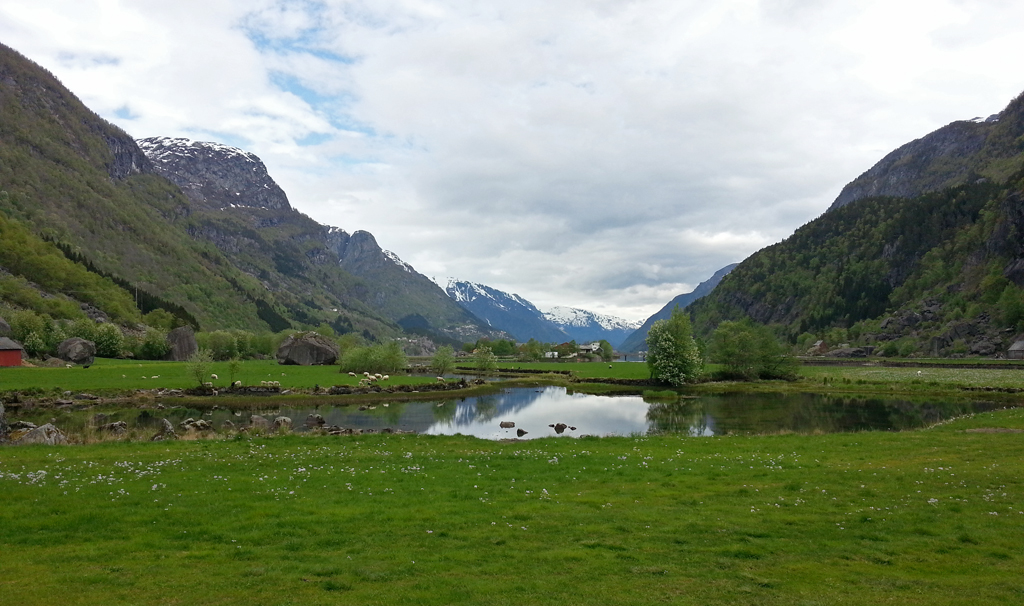
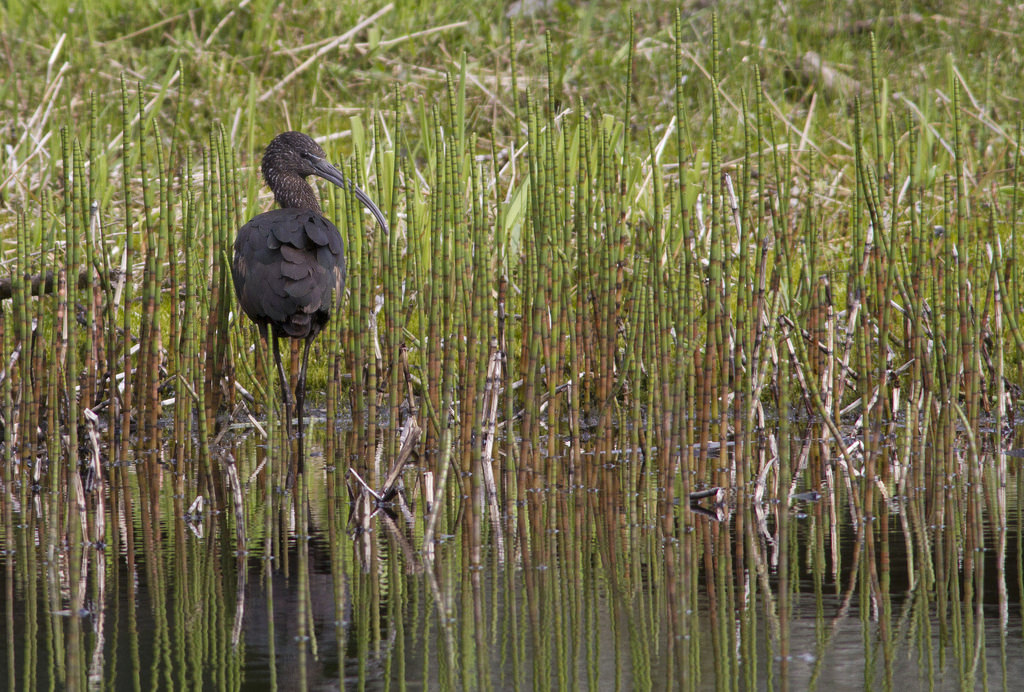
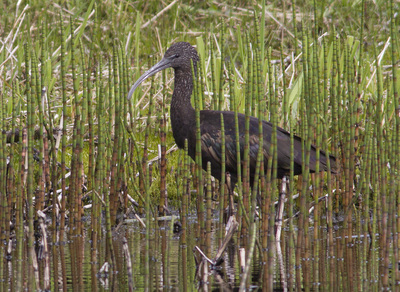
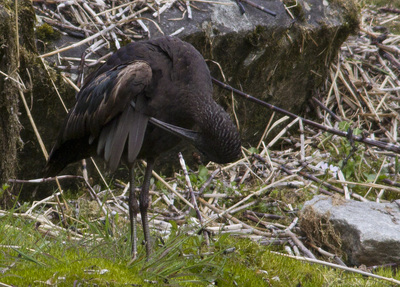
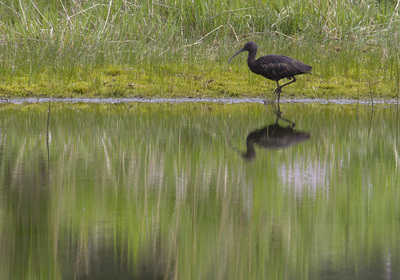
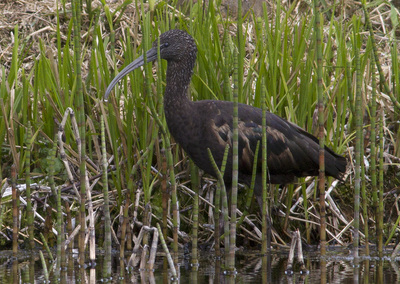
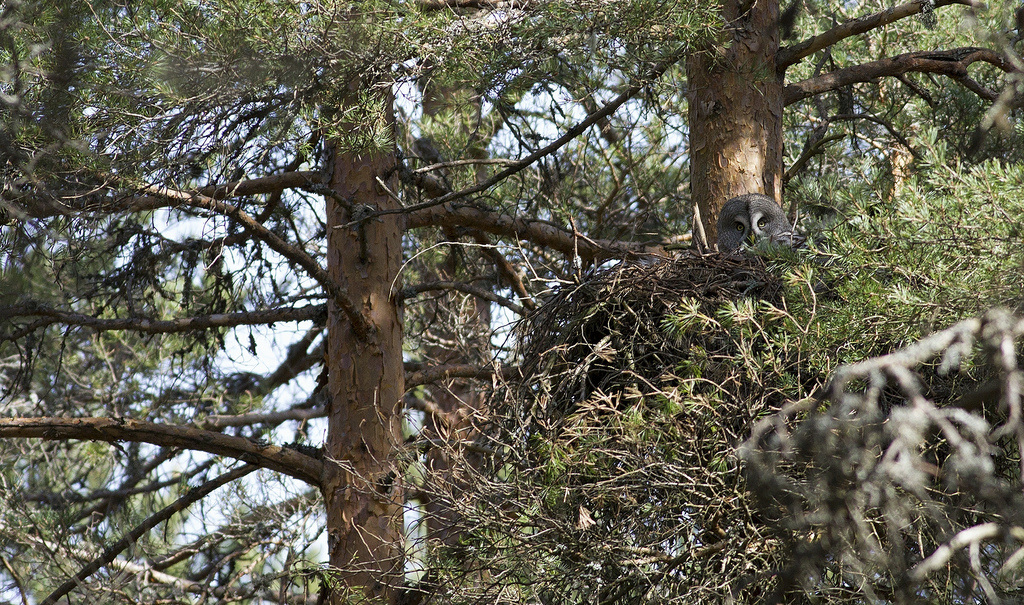
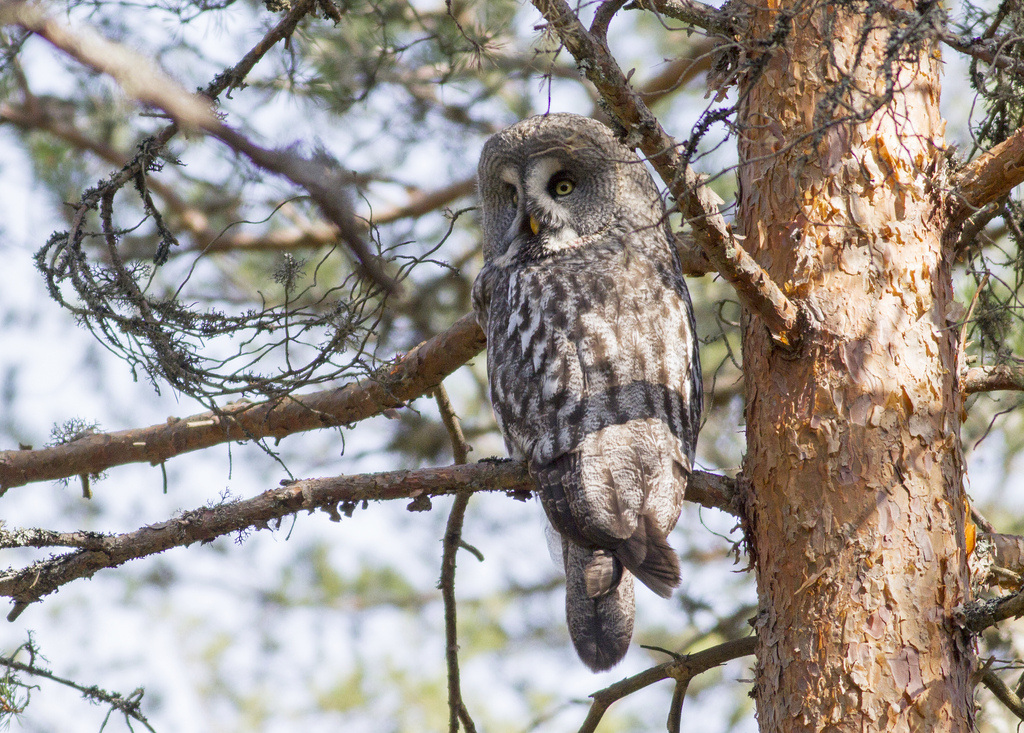
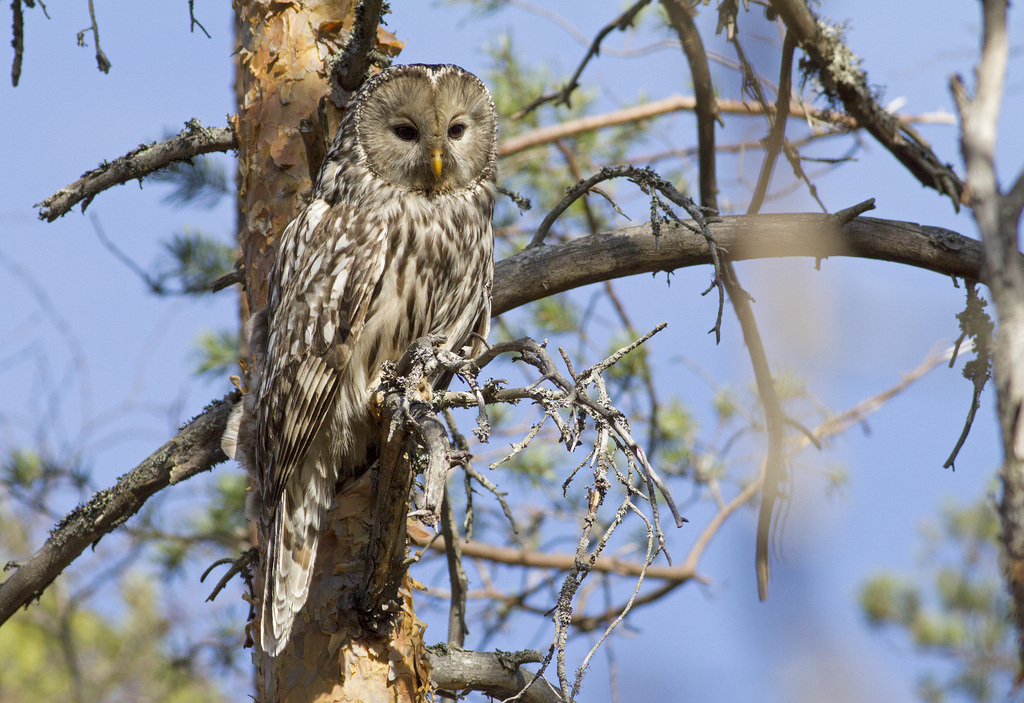
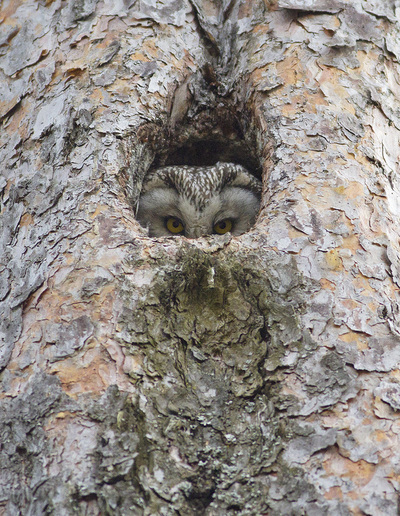
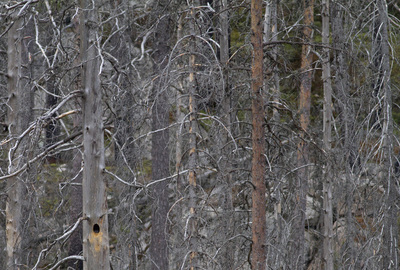
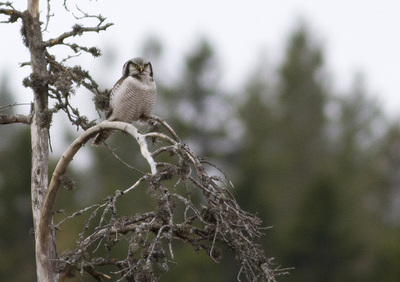
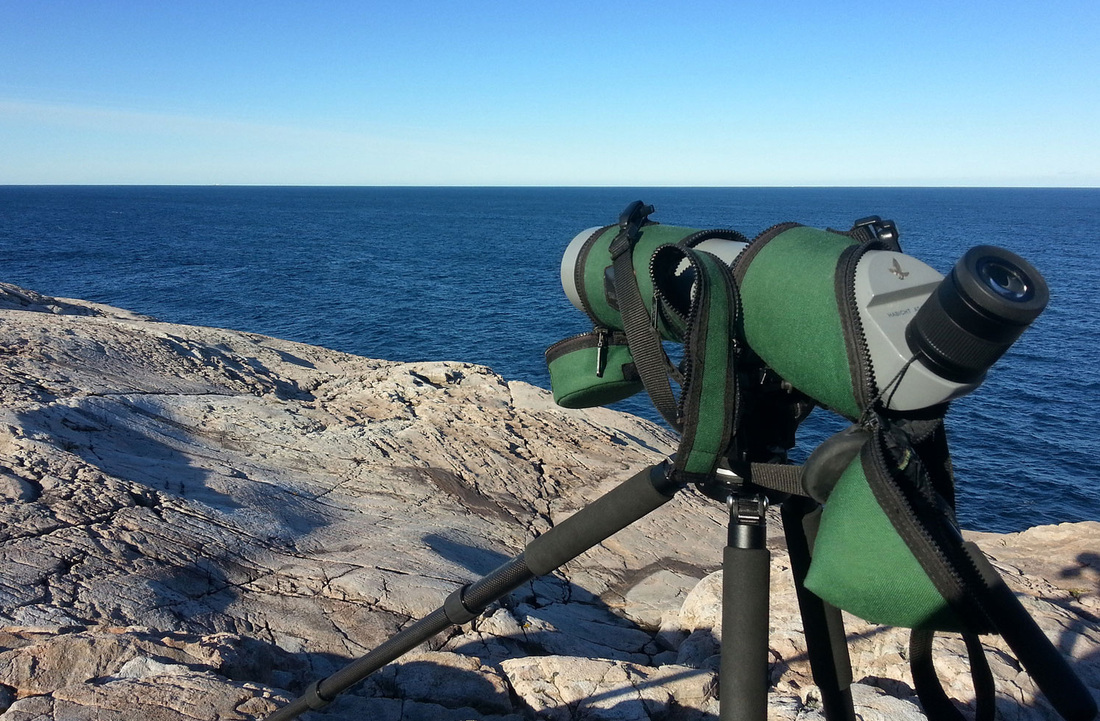
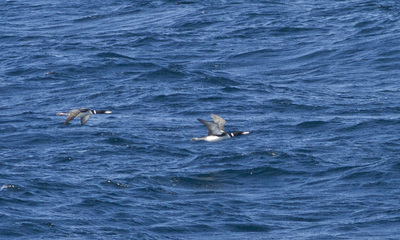
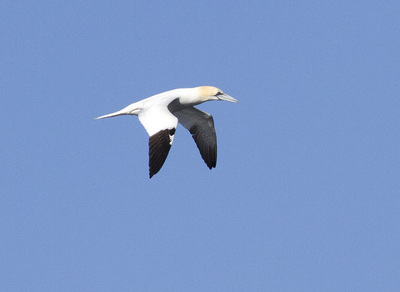
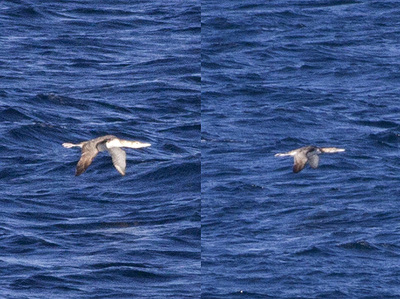
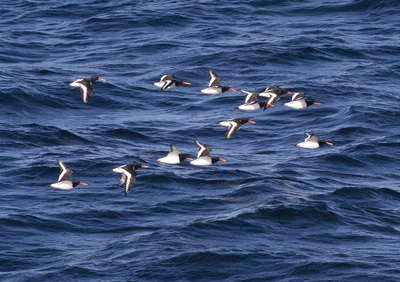
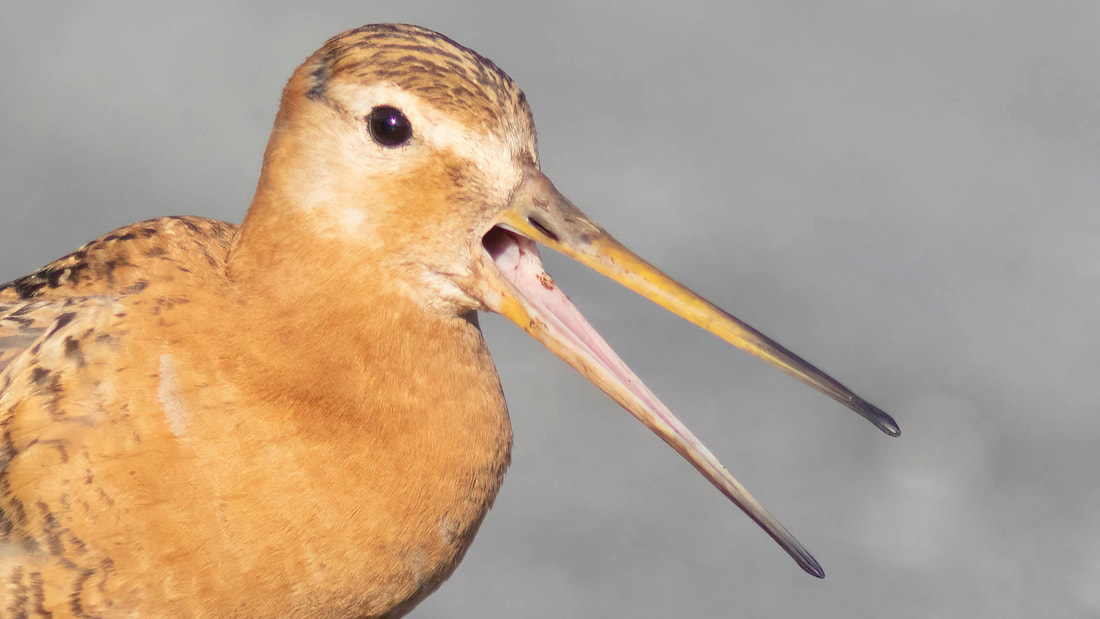
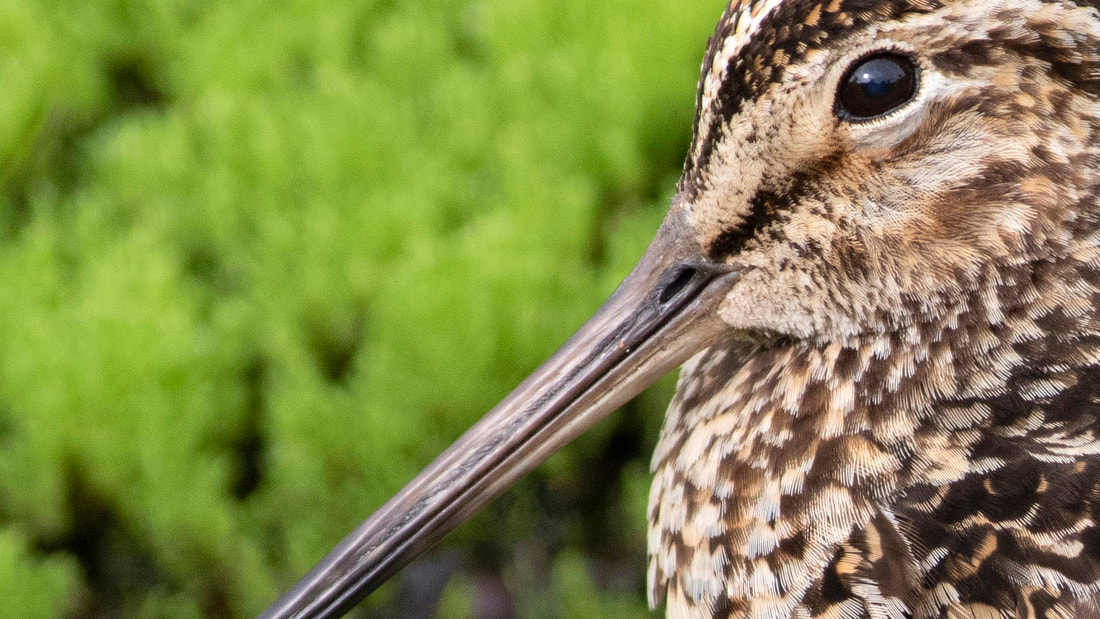
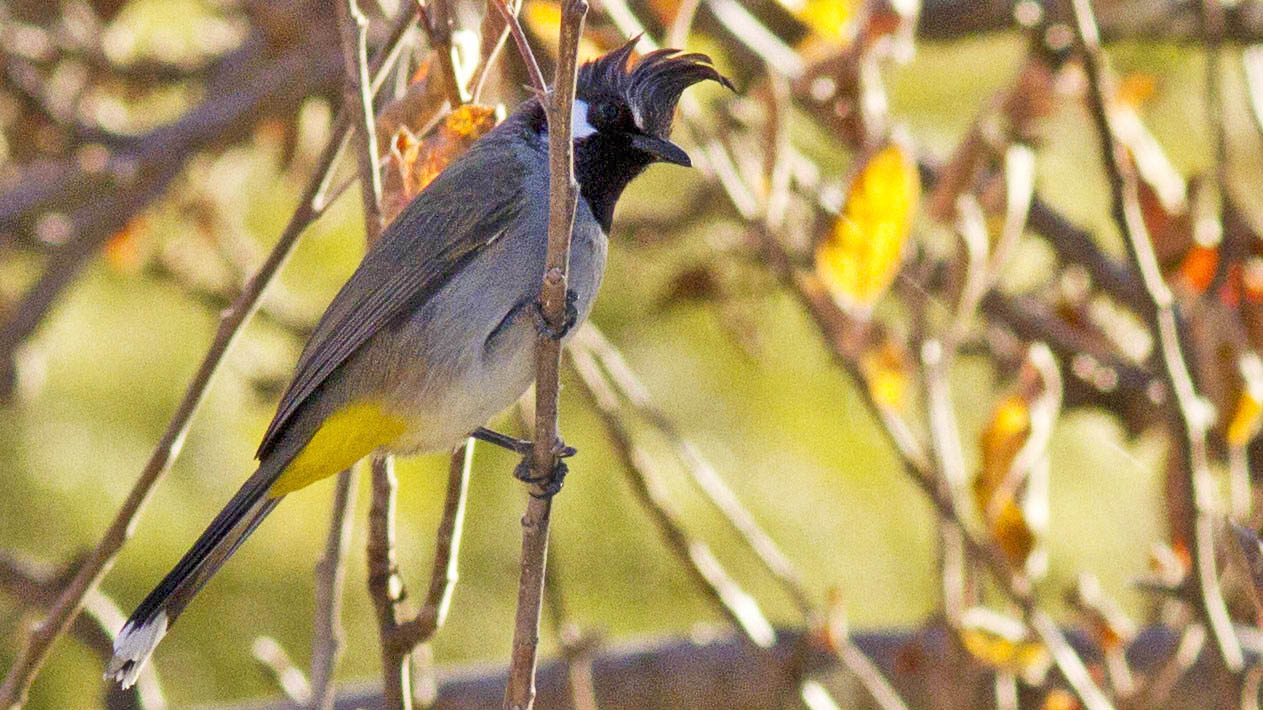
 RSS Feed
RSS Feed
